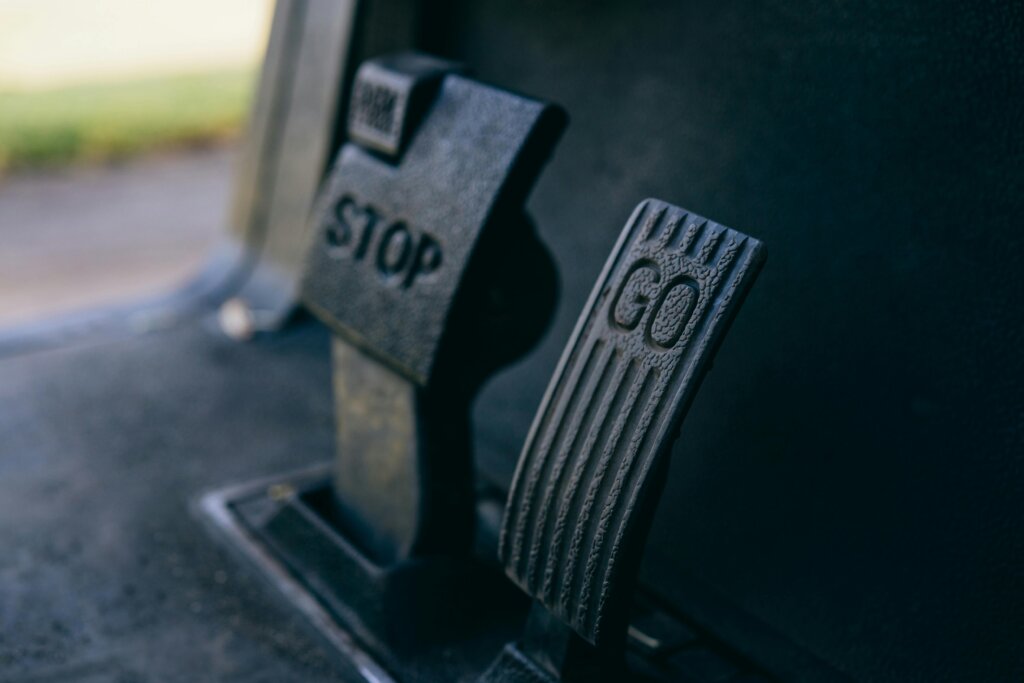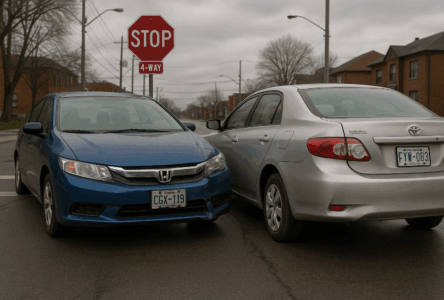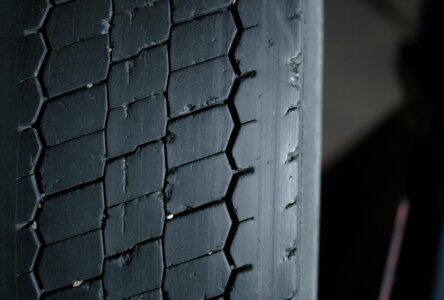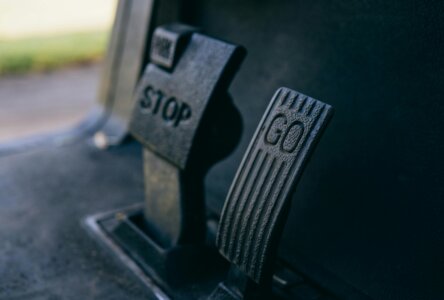If you’ve noticed your electric vehicle (EV) taking longer to charge during cold snaps, you’re not imagining things. Lower temperatures affect battery chemistry and energy use, which means charging takes longer and range drops faster in the winter.
But that doesn’t mean EVs can’t handle Canadian winters. With a few adjustments and smart charging habits, you can keep your EV performing efficiently all season long.
Here’s what every Canadian driver should know about EV charging in winter, why it changes, and how to adapt.
Why EV Charging Slows Down in Cold Weather
Electric vehicle batteries rely on chemical reactions to store and deliver power. When temperatures dip below freezing, those reactions slow down, reducing how efficiently the battery can take a charge.
In simple terms, the colder it is, the longer your EV takes to charge. Here’s why:
- Slower battery chemistry: Lithium-ion batteries can’t absorb energy as quickly in the cold.
- Preheating energy use: Most EVs warm up their battery before charging, which uses extra energy.
- Charger efficiency: Charging stations themselves can lose efficiency in extreme cold, further slowing the process.
This means a longer wait at the plug and less range on the road.
How Much Slower is Charging in Winter?
According to data from CAA, FLO, and Le Circuit Électrique, EVs in Canada can experience charging times up to twice as long in sub-zero temperatures.
Level 3 DC fast chargers are affected most dramatically, and what might take 20 minutes in July could take 40–60 minutes in January.
Typical EV Charging Times
| Charging Type | Temperature | Average Charging Time | Notes |
| Level 2 (240V home charger) | +20°C | 6–8 hours | Standard overnight charge |
| Level 2 (240V home charger) | -15°C | 8–12 hours | Slower due to cold battery |
| Level 3 (DC fast charger) | +20°C | 20–40 minutes | Depends on battery capacity |
| Level 3 (DC fast charger) | -15°C | 40–90 minutes | Preheating required before charging |
These numbers vary by model, but across brands, charging speeds can be 30–60% slower in below-freezing temperatures.

What Makes Canada’s Winters Unique
Canada’s weather poses a different challenge than most global EV data accounts for. From Vancouver’s mild rain to Winnipeg’s deep freeze, winter driving can look and feel completely different across the country.
Cold air, snow buildup, and salty roads all impact not just cold weather EV charging, but also the connectors and charging cables. In some provinces, outdoor charging cables can freeze, and public chargers may be less reliable after heavy snowfall.
According to CBC and CAA, battery range and charging times in the Prairies can be nearly twice as affected as those on the West Coast, simply due to prolonged sub-zero conditions.
For drivers in Metro Vancouver and Vancouver Island, the impact is generally much smaller with charging times slowing slightly, but rarely to the extent seen in the rest of the country.
Real Driver Experiences
Canadian EV owners share a similar story: charging takes longer, especially on road trips or at public stations in winter.
“My Hyundai IONIQ 5 takes almost double the time to charge at -20°C compared to summer,” one EV driver from Edmonton wrote on an online forum. “I preheat before plugging in now—it helps a lot.”
“The biggest challenge is the frozen charging cables,” another Vancouver driver noted. “You learn to keep gloves handy.”
Despite these frustrations, most drivers agree: once you adapt, EV ownership in winter is manageable, and worth it.
Tips to Charge EVs in Cold Weather
Precondition your EV before charging
Most EVs allow you to warm the battery and cabin using a mobile app or built-in timer before you start driving. Doing this while the car is still plugged in means the energy for heating comes from the grid, not your battery, so you preserve more range for the road ahead. It also helps your battery accept charge more efficiently in freezing temperatures.
Plug in overnight
Keeping your EV plugged in, even when it’s not actively charging, helps maintain an optimal battery temperature and prevents deep cold soak. This small step can make a big difference in morning performance and charging speed, especially during cold snaps.
Use a heated garage if possible
Parking in a heated or even partially insulated garage can keep your EV several degrees warmer than outside temperatures. That temperature buffer helps reduce charging time, minimize range loss, and protect sensitive components from ice buildup.
Limit fast charging in extreme cold
Frequent Level 3 (DC fast) charging in sub-zero weather can add strain to your EV’s battery, which is already working harder in the cold. Whenever possible, stick to Level 2 home charging or wait until the battery has warmed up before using a fast charger.
Drive gently and conserve heat
Aggressive acceleration and heavy cabin heating both drain your battery faster in winter, so try using your seat and steering wheel warmers instead of blasting hot air to keep yourself comfortable while conserving range. Smooth, steady driving also helps your EV maintain efficiency and traction on icy roads.
Quick Tips for Canadian EV Drivers
- Preheat before charging
- Keep your EV plugged in overnight
- Avoid 100% charges in freezing temps
- Clear snow and salt from ports and cables
- Schedule charging to finish before your morning drive
EV Charging Costs in Winter
Cold weather can increase your charging costs slightly, especially if you rely on public charging stations.
Because energy use rises for heating, you might find that you need to charge more often, and longer, to achieve the same range. Home charging remains the most cost-effective option, especially with off-peak electricity rates available in many provinces.
Public DC fast chargers are convenient, but repeated winter use can add up. Many drivers balance both options: home charging during the week, public charging for longer weekend trips.
Long-Term Battery Health in Cold Climates
The good news is that cold temperatures don’t cause permanent battery damage if it is managed correctly. Avoid charging your EV to 100% in freezing weather, since lithium-ion batteries expand slightly in the cold.
Instead, aim for 80–90%, which is both safer and better for longevity.
If you notice charging issues or warning messages on your display, contact your EV dealership for diagnostic support. They’ll have the equipment to inspect your charging system safely.
At Craftsman Collision, we specialize in auto body repair for EVs, including collision-related damage near battery systems or charging ports. If your EV has been in an accident or shows signs of exterior damage around the charging area, our technicians can repair it safely and to manufacturer standards.

FAQs – EV Charging in Winter
Is Canada too cold for electric cars?
No, EVs are designed for a range of climates, and most modern models perform reliably in Canadian winters with the right care. Preconditioning and regular charging make all the difference.
Should I plug in my EV every night in winter?
Yes, keeping your EV plugged in helps maintain battery warmth and prevents deep discharge, which can reduce performance in cold weather.
What is the 80% rule for EV charging?
The “80% rule” means charging up to 80% instead of 100% for daily use. This helps preserve battery health, especially in cold conditions.
Do EV cars lose charge in winter?
Yes, temporarily. Most EVs lose 10–30% of range in cold weather, depending on temperature, driving habits, and vehicle model.
Keep Your EV Safe This Winter
Cold weather doesn’t have to slow you or your EV down. With smart charging habits and the right preparation, you can make winter driving a lot easier.
If your EV has been in a collision or sustained damage near the charging port, Craftsman Collision can help with the repairs. Find your nearest Craftsman Collision location.









